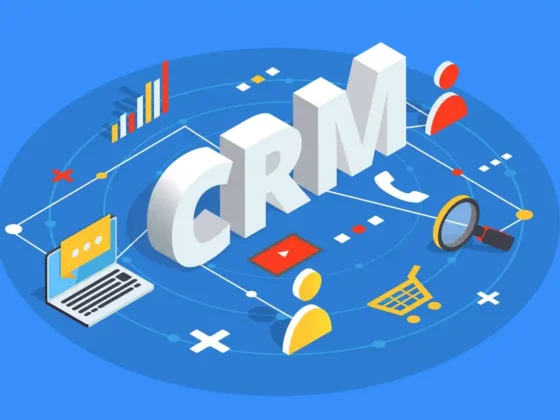In an era dominated by the digital realm, the art of face-to-face marketing stands as a timeless and potent strategy, often overshadowed by its virtual counterparts. Yet, within the realm of personal connections and genuine interactions, face-to-face marketing emerges as a powerhouse, holding the key to building profound relationships with potential customers and steering business growth.
The magic of eye contact, a firm handshake, and a real conversation can create lasting impressions that no amount of online engagement can replicate. Face-to-face marketing experts, the maestros of this age-old strategy, orchestrate their approach with finesse to not only engage customers but to ace the art of deal-closing. However, navigating this terrain is no easy feat; it comes with its own set of challenges and intricacies that require a unique set of skills and insights.
Contents
In a world enamored with digital metrics, face-to-face marketing experts defy the trend, recognizing the irreplaceable value of human connection. They leverage the power of personal encounters to create memorable brand experiences, cutting through the digital noise and leaving a lasting imprint on the minds of potential clients. These experts understand that beyond algorithms and analytics, emotions play a pivotal role in decision-making, and there’s no better way to evoke emotion than through genuine, in-person interactions.
Possible Challenges With Solutions
Face-to-face marketing, while powerful, comes with its own set of challenges that marketers must navigate adeptly to ensure success. Here are five common challenges and strategies to overcome them:
- Initial Hesitation and Resistance
Breaking through the initial hesitation of potential customers who may be wary of face-to-face interactions. Create a welcoming and non-intrusive approach. Engage in friendly conversations, listen actively, and focus on building rapport to alleviate initial reservations.
- Diverse Audience Adaptation
Adapting the marketing pitch to diverse audiences with varying preferences and needs. Prioritize understanding your audience. Conduct thorough research, customize your messaging based on demographic insights, and be prepared to adjust your approach on the fly to resonate with different individuals or groups.
- Personal Space Considerations
Navigating personal space boundaries to ensure comfort during interactions. Be mindful of personal space, and gauge body language cues. Respect individual comfort zones and adjust your proximity accordingly. Building trust is essential in overcoming any discomfort.
- Time Constraints
Limited time during face-to-face encounters, requiring concise yet impactful communication. Develop a clear and concise message. Prioritize key points, ensuring that your communication is both compelling and time-efficient. Practice effective storytelling to convey your message efficiently.
- Follow-Up Execution
Ensure effective follow-up after face-to-face interactions to maintain engagement. Implement a robust follow-up strategy. Utilize digital channels such as email or social media to continue the conversation, share additional information, and nurture the relationship. Personalize follow-up communication based on the insights gained during the face-to-face meeting.
Conclusion
In overcoming these challenges, face-to-face marketers can maximize the impact of their interactions, fostering genuine connections and increasing the likelihood of successful conversions. By acknowledging and addressing these hurdles, marketers can harness the full potential of this age-old strategy in the dynamic landscape of modern marketing.






